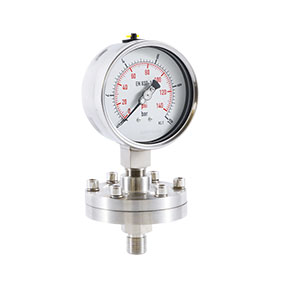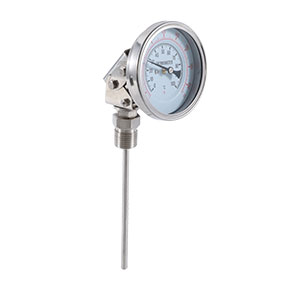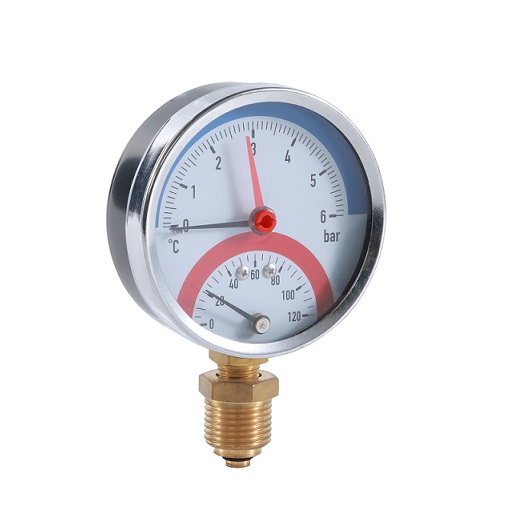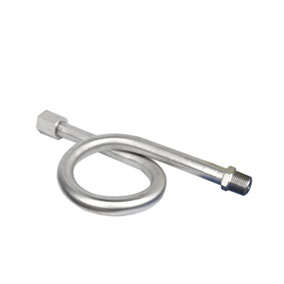The Production Process of Pressure Gauges and Required Materials

Pressure gauges are vital instruments used across various industries to measure and monitor the pressure of gases and liquids in a system. The production of pressure gauges involves several intricate steps and requires specific materials to ensure accuracy and reliability.
- Design and Specification: The production process begins with the design phase where engineers create blueprints and specifications for the pressure gauge. This includes determining the type of pressure gauge needed for the intended application, whether it be a Bourdon tube gauge, diaphragm gauge, or digital gauge.
- Materials Selection: The materials used in pressure gauge construction are chosen meticulously to withstand the operating conditions and provide accurate readings. Common materials include:
- Casing: Stainless steel, aluminum, or plastic for the outer casing to protect internal components and provide durability.
- Sensing Element: The sensing element, such as a Bourdon tube or diaphragm, is often made from materials like brass, bronze, stainless steel, or specialized alloys depending on the pressure range and compatibility with the measured media.
- Dial and Pointer: Typically made from aluminum or plastic, the dial is marked with pressure units, and the pointer indicates the pressure reading.
- Connection Ports: Brass, stainless steel, or other corrosion-resistant metals are used for connection ports to ensure a secure attachment to the system being monitored.
- Manufacturing Process:
- Forming the Sensing Element: For Bourdon tube gauges, the tube is formed into a curved shape to respond to pressure changes. Diaphragm gauges involve the fabrication of flexible diaphragms.
- Assembly: Components such as the sensing element, dial, pointer, and connection ports are assembled carefully according to the design specifications.
- Calibration: Each pressure gauge undergoes calibration to ensure its accuracy and reliability. Calibration involves comparing the gauge's readings to a known standard under various pressure conditions.
- Quality Control: Throughout the production process, rigorous quality control measures are implemented to identify any defects or discrepancies. This includes visual inspections, pressure testing, and performance evaluations to guarantee the pressure gauge meets industry standards.
- Final Testing and Packaging: Once the pressure gauge passes quality control checks, it undergoes final testing to validate its performance. The gauges are then packaged securely to protect them during transportation and storage, ready to be distributed to customers.
In conclusion, the production of pressure gauges involves meticulous planning, careful selection of materials, precise manufacturing processes, and thorough quality control measures. By ensuring the use of high-quality materials and adherence to strict production standards, pressure gauge manufacturers can deliver reliable instruments essential for monitoring and maintaining safe operating conditions in various industrial applications.




